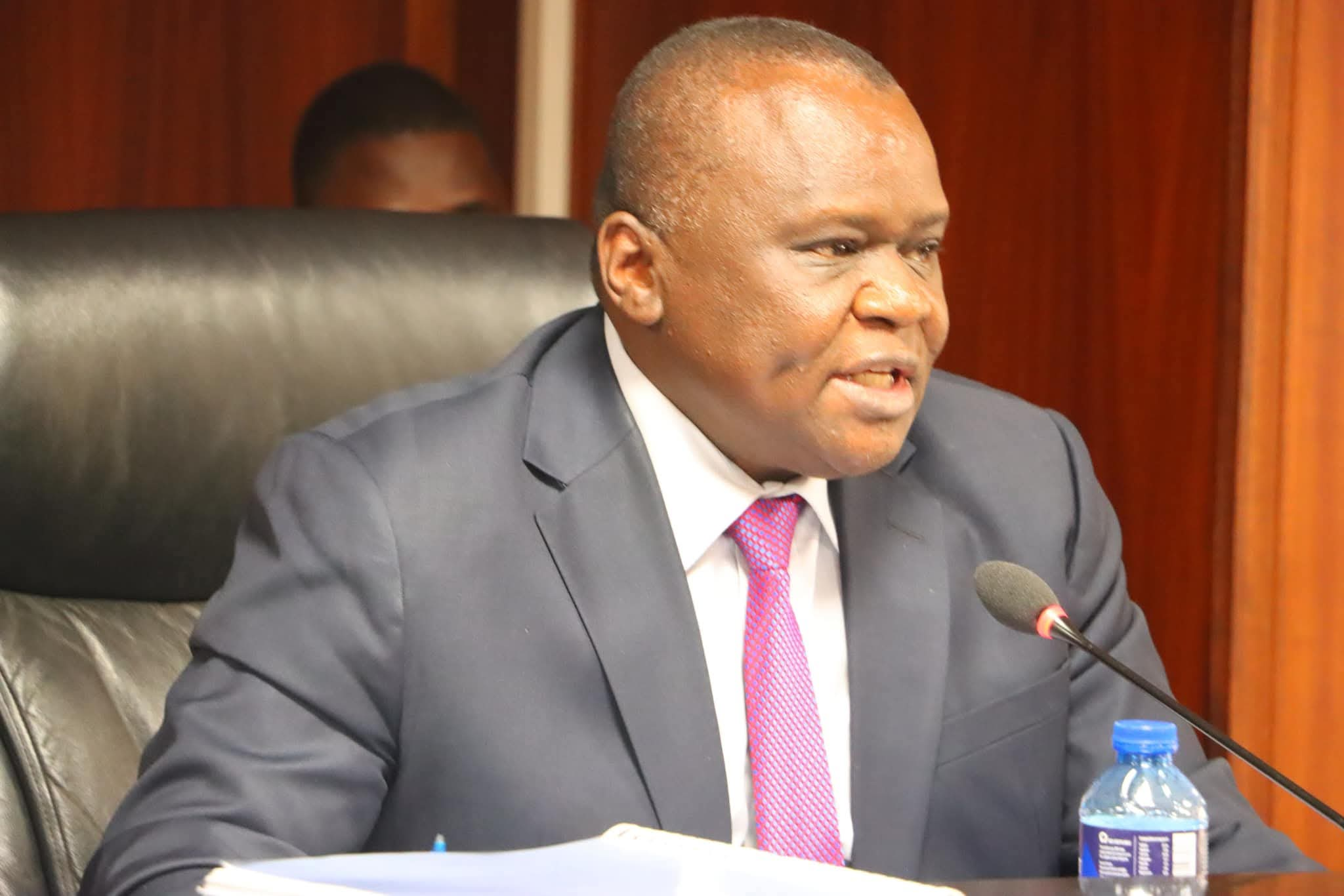 KETRACO Managing Director Dr. Eng. John Mativo appearing before the Public Investments Committee on Commercial Affairs and Energy on July 30, 2025. Photo PBS
KETRACO Managing Director Dr. Eng. John Mativo appearing before the Public Investments Committee on Commercial Affairs and Energy on July 30, 2025. Photo PBS
By Andrew Mbuva
The Kenya Electricity Transmission Company (KETRACO), the state corporation tasked with developing and maintaining high-voltage power infrastructure, is staring at a full-blown financial crisis amid damning audit findings pointing to suspected corruption, unauthorized payments, and mismanagement.
A review by the Auditor-General for the year ending June 2024 reveals the company made duplicate compensation payments amounting to KSh 10.4 million to individuals affected by its transmission projects. Shockingly, the audit found no evidence that the company intends to recover the funds or take disciplinary action against those responsible.
In a separate red flag, the company transferred more than KSh 583 million to a staff mortgage and car loan scheme managed by a SACCO whose financial records were not submitted for audit. The opacity has raised serious concerns about potential diversion of public funds.
These financial irregularities have emerged even as KETRACO grapples with worsening liquidity. The audit report shows that the company’s current liabilities outstrip its assets by over KSh 16 billion, technically rendering the agency insolvent and casting significant doubt on its ability to continue operating as a going concern.
Despite the severity of the situation, the company’s management failed to disclose these risks in its financial statements—an outright breach of international financial reporting standards.
Adding to its woes, an insolvency petition was filed against the agency by an unnamed creditor in May 2023. The case remains pending before the High Court, amplifying uncertainty over the company’s future.
Further compounding the crisis is an unresolved KSh 9.2 billion arbitration award that could cripple the utility’s ability to meet other financial obligations. The agency is also exposed to contingent liabilities amounting to KSh 7 billion—quadruple the figure reported in the previous year—due to ongoing lawsuits.
KETRACO’s operational track record has also come under scrutiny. The Nanyuki–Rumuruti transmission line, for which KSh 421 million was paid in advance, remains only 19% complete, with construction suspended due to licensing issues involving the contractor. Meanwhile, the flagship Lessos–Tororo interconnector with Uganda has been stalled since 2016, following a contract termination and an unresolved arbitration dispute worth KSh 4.2 billion.
The Auditor-General also flagged excessive board activity, with 26 board meetings held during the year—far exceeding the presidential directive that limits such meetings to six. This led to unauthorized board allowances totaling KSh 3.1 million. In addition, the agency failed to remit KSh 2.5 million to the National Environment Trust Fund over the past five years, breaching its statutory obligations.
The revelations come at a critical time for Kenya’s energy sector. The country is pushing to overhaul its aging power grid to meet rising electricity demand and support industrial growth. However, KETRACO faces a staggering KSh 650 billion funding shortfall for its 20-year master plan, which envisions building nearly 10,000 kilometers of new high-voltage transmission lines.
While the government has begun seeking private sector investment—engaging firms like Africa50—many deals remain stuck in the negotiation phase. A Public-Private Partnership (PPP) agreement with India’s Adani Energy, signed in November 2023, was abruptly cancelled following public backlash and concerns over transparency.
Kenya is also an active participant in the East African Power Pool (EAPP), a regional initiative aimed at interconnecting power grids to facilitate electricity sharing and trade. Yet, experts warn that unless transmission infrastructure is urgently addressed, Kenya risks becoming the weakest link in the region’s energy integration plans.
With mismanagement, audit violations, and deepening debt, KETRACO’s troubles now threaten to derail the country’s ambitious energy goals—turning transmission, rather than generation, into the Achilles’ heel of Kenya’s power sector.